5 Ways to Capture Better Travel Photos
There’s something about travel that seems to bring out the best in us. It’s certainly a great motivator. You hit the ground running in a new, exciting land, ready to start capturing amazing images – ones that will stand out from your typical “tourist shots.”
Unfortunately though, when you look back over the photos of the day, the number of good images tends to be few, and far between.
This is because travel photography, as much as we’d like it to be, isn’t so different from the everyday images that we create back home. Sure, we’re in a new location, but the same basic principles of composition still apply.
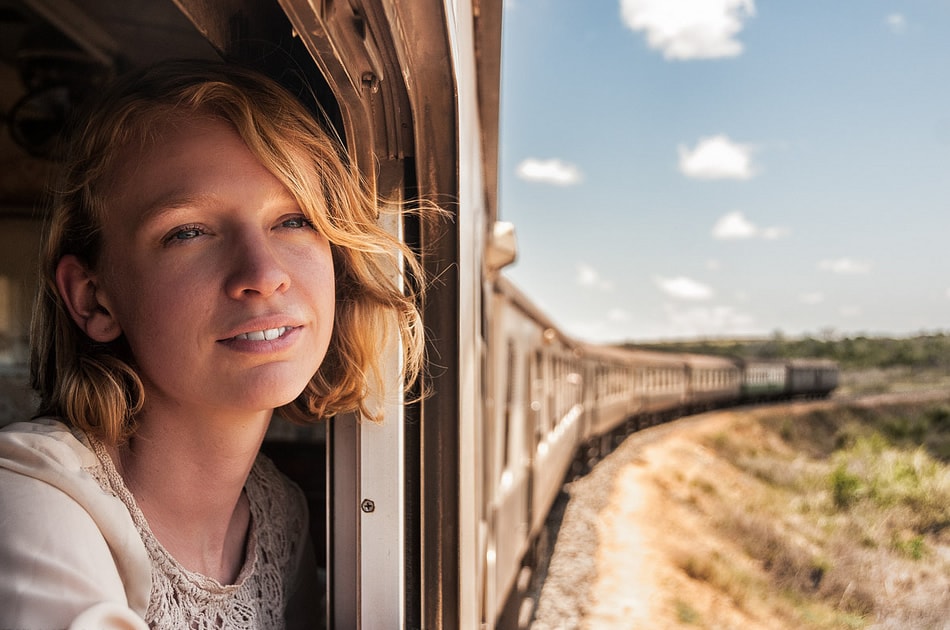
Photo by Michał Huniewicz
Don’t let this discourage you though! Instead, it should motivate you to start honing your photography skills. Practicing on your home turf will help you to improve; allowing you to be in top form when you arrive at your new destination. Whether you’re on vacation, planning your next adventure, or just looking for some ideas to develop your photography skills, the basis of all good images is the same: they should tell a story.
The most powerful photos feature a strong subject, and use the elements at hand to create a powerful composition; one that draws us in, and transports us to a different time and place. They say a picture’s worth a thousand words, but this is only true for meaningful images with a strong composition. With this in mind, let’s look at a few tips that you can use to create your own stories through visually powerful photos, whether you’re at home – or far away.
1. Bring the Best Gear
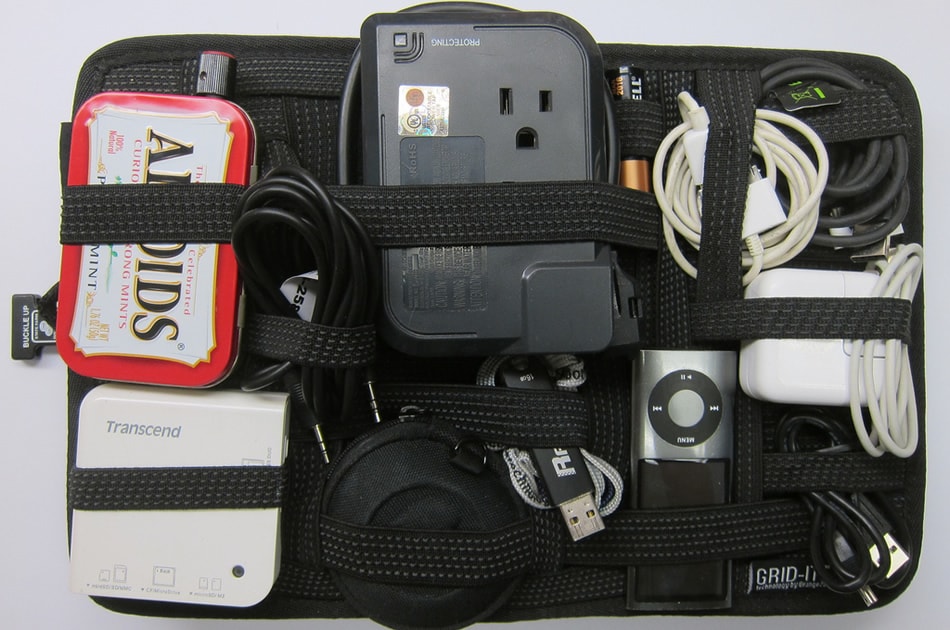
Photo by Chris Lott
This doesn’t mean that you need to invest in thousands of dollars’ worth of camera equipment in order to get some decent shots, but it does mean that it’s worth bringing along the gear that you feel comfortable with, and the tools that you know will help you to get your best images.
Tip: When packing your gear, think about the type of images that you’ll be capturing – and how much hiking around you’re likely to be doing. You may want to bring a few different lenses, for example, a telephoto, a wide-angle for landscapes and an 85mm for portraits. But if you’re going to be doing a lot of walking, you may want to pack light, and stick with a versatile lens – like a 50mm prime, or even a compact camera. If you’re planning to do a lot of portraits, you may want to consider making room in your luggage for an off-camera flash in a softbox and a reflector, or the tools of choice that you normally use to create your images. For landscapes, don’t forget to bring your filters. An ND, polarizer, and a UV filter will help you to expose your landscapes properly, and will also help to protect your lens from scratches.
2. Don’t Try to Capture Everything
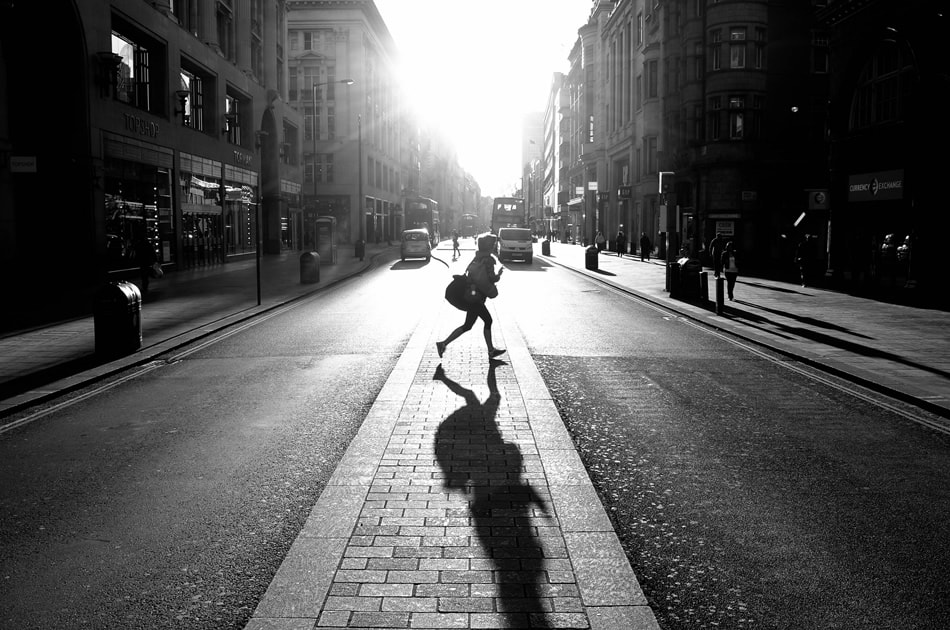
Photo by Dom Crossley
When we arrive at a new destination, it’s tempting to try to capture everything about the place: the main attractions, dinner every night, and the view of the beach from your room. But while enthusiasm is a great thing, you’ll want to narrow your focus just a bit.
Tip: Instead of trying to photograph everything, put your efforts where they count. Before you start snapping, take time to observe your surroundings and soak up the location. Go on adventures, meet new people, and enjoy learning new things. Immersing yourself in the experience will give you a chance to capture meaningful and powerful images as opportunities jump out at you, rather than simply shooting indiscriminately at everything you see, and ending up with lackluster images of nothing in particular.
3. Make Your Images Unique
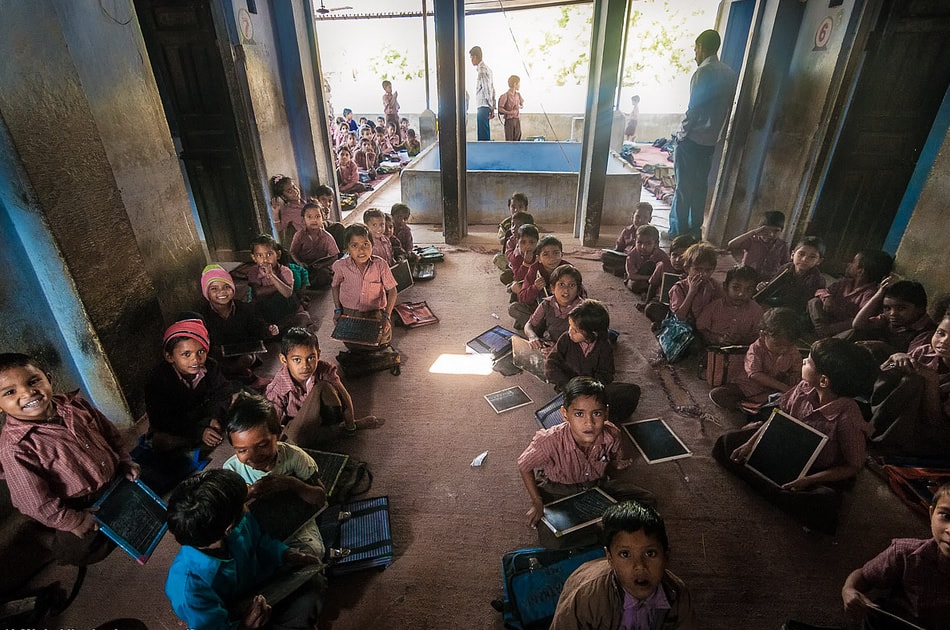
Photo by Michał Huniewicz
It’s important to remember that most popular travel destinations have been photographed before – countless times. Your challenge then, is to avoid snapping photos that look just like everyone else’s. Instead, look to create images that are unique, and completely yours.
Tip: Before you go, spend some time researching your destination, and look for little-known special locations that are away from the main tourist hotspots. If you do find yourself in front of a famous monument or site, spend some time exploring the area before you start snapping. Look for unique aspects of the place that stand out to you. Maybe the way the light is hitting a particular part of the monument or a way that you could frame your shot to include some interesting foreground. You might be surprised at how a shift in perspective can change the entire composition.
4. Include the People
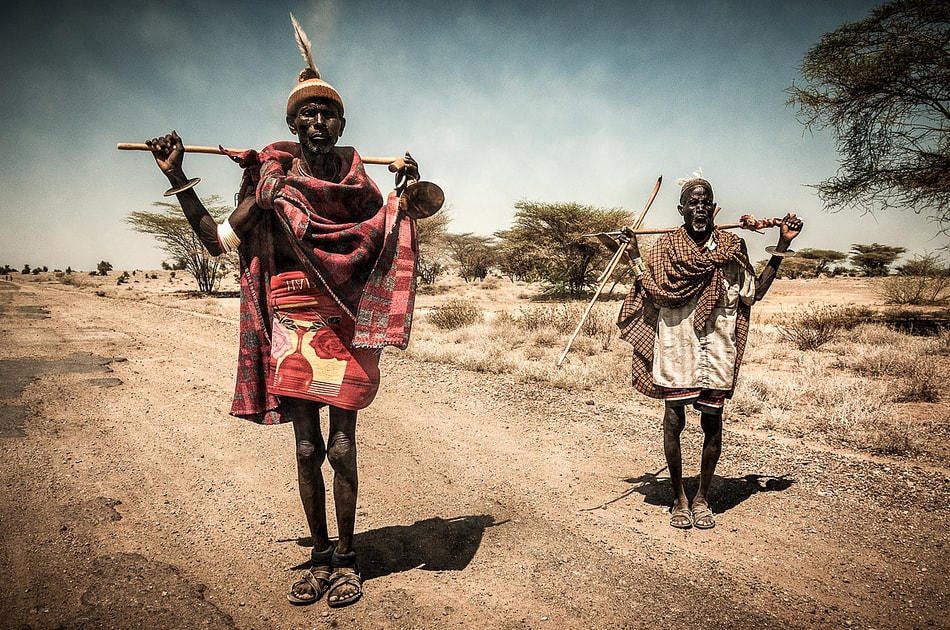
Photo by Michał Huniewicz
While you’ll want to steer clear of the standard, staged photos of people posing in front of famous monuments, don’t rule out people photos altogether. People tend to make fascinating subjects. There’s something captivating about well-timed images that catch the emotions on someone’s face, exchanges between two people, or someone interacting with animals or their environment. Photographing people is a great way to capture the essence and soul of a place.
Tip: Taking a few minutes to connect with the person you are about to photograph is one of the best ways to capture images that are powerful and meaningful. Rather than your photo being just another shot of someone, you’ll have a glimpse into who they are, which will show through into your image. Even a smile that’s exchanged or a brief conversation can help to establish a bond with someone. This will help people to relax, and put them at ease – helping you to capture insightful images.
5. Look for the Light
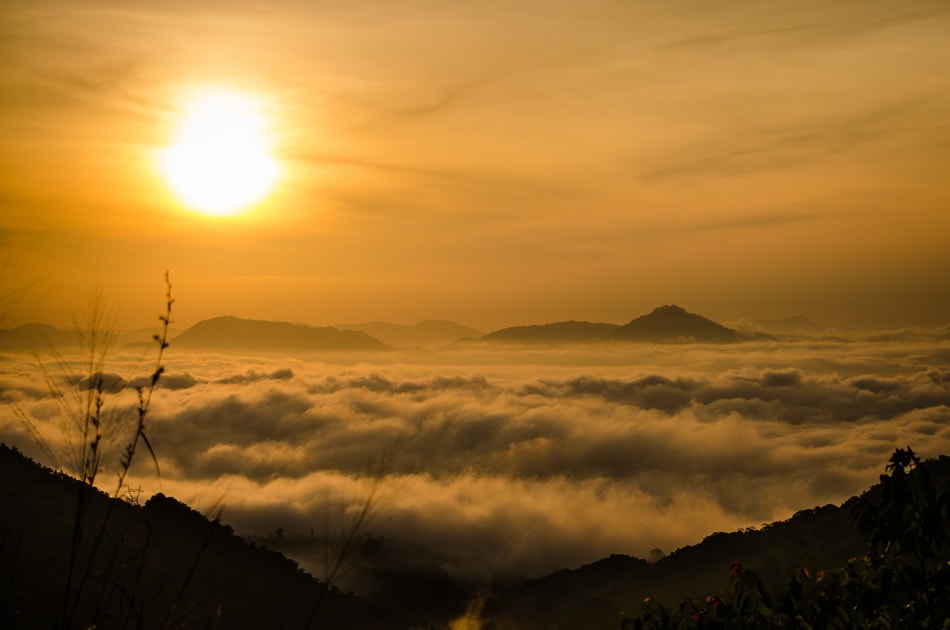
Photo by uditha wickramanayaka
Don’t overlook the importance of great lighting. Light is the basis of all photography. Great lighting – and the ability to work with available light will help you to create amazing images. Being aware of the light and the shadows and learning to use both to your advantage will be invaluable when creating your compositions.
Tip: When you arrive at your new destination, pay close attention to the light, and look for ways to include it in your shots. Look up expected sunrise and sunset times, and try to be out early to catch the beautiful glow of the early morning or late afternoon light. You’ll beat the crowds and get some great shots.
Remember, all good photography is about telling a story, and capturing the essence of the moment in time. If you can include the elements of a great image, including a strong subject, and some excellent environmental details to complete the composition, you’ll be able to create meaningful images, ones that you’ll enjoy looking back on for years to come.
Do you enjoy travel photography? We’d love to see your shots – and hear your advice in the comments below.
